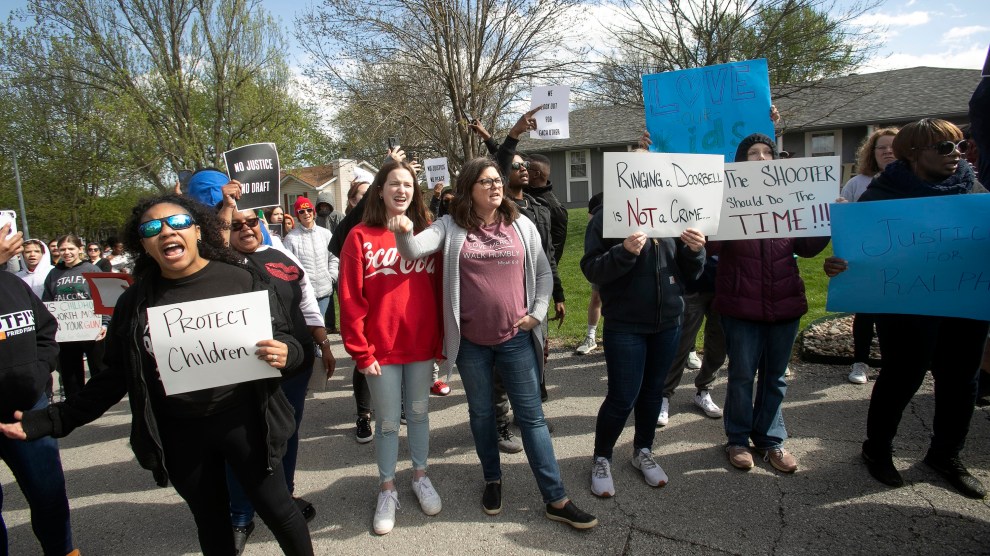
Susan Pfannmuller/The Kansas City Star/AP
6:00 p.m. CDT: Andrew Lester, 84, will be charged with assault in the first degree and armed criminal action, both felonies, a Clay County prosecutor said. Ralph Yarl has been released from the hospital, according to his family.
Ralph Yarl, a Black 16-year-old, rang the doorbell of the wrong house when he went to pick up his younger brothers from a playdate in Kansas City last week, according to his family. A white man in his 80s came to the door and shot him, according to reporting from CNN.
Yarl was shot twice, including once in the head, but is in stable condition, according to his family. The shooter, who has not been publicly identified, has been released from police custody and is under investigation. He has not been charged. Police Chief Stacey Graves told the Kansas City Star that police need a formal victim statement before they can arrest someone. Yarl has been unable to give a statement because of his injuries. Police confirmed that Yarl was supposed to pick his brothers up from a house on 115th Terrace. Instead, he went to 115th Street.
Hundreds of protesters marched in Kansas City over the weekend to draw attention to the outlandishly excessive response to a simple error.
In Missouri, where the shooting took place, Castle Doctrine gives homeowners wide latitude to use lethal force when they fear for their safety. The state’s “stand your ground” law, passed in 2016, could also make charging the homeowner complicated. While it’s perplexing why this lost teenager would instill such fear in an armed homeowner, studies have shown that both police and civilians are much likelier to fire at Black people than white people, even when they’re unarmed.
A GoFundMe for Yarl’s recovery has raised more than $1.4 million. “I don’t want anything special,” Yarl’s father told the Kansas City Star. “I just want justice.”
This story has been updated.

















